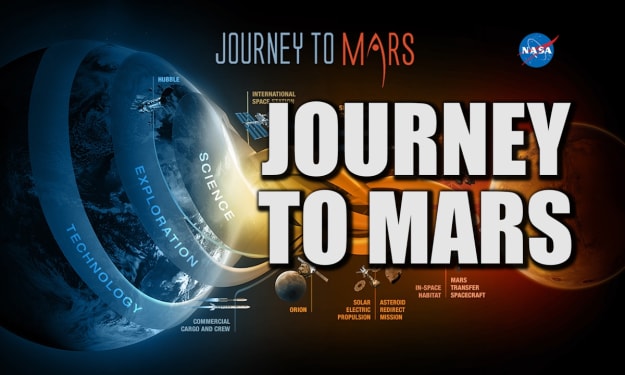
Kornilov's case, however, was short-lived, for it gained power from the Bolsheviks in Petrograd in the workforce and the working class and undermined the credibility of the Interim Socialist and Liberal Government because of Kadet's (Democracy) Democracy's involvement in Prime Minister Kerensky's case. This chapter of the Russian Revolution was less effective as the government was ousted and replaced by the Soviet Socialist Republic under Lenin's leadership. The situation culminated in the October 1917 Revolution when the Bolshevik armed forces and the Petrograd troops defeated the Interim Government and handed over their power to the Soviets.
In 1917, two revolutionaries came to Russia, ending a century of imperial rule and the political and social reforms that led to the founding of the Soviet Union. The Russian Revolution (also known as the 1917 Russian Revolution or the two Revolutions of 1917) was the overthrow of the Imperial government in a new style in February and March and the second in October and November brought the Bolsheviks to power. It was about the fall of Czar Nicholas II's empire and the rise of Marxist socialism under Lenin and his Bolsheviks.
This article is about reforms that began in 1917. It was a time of political and social change for the Russian Empire, which began in 1917 with the overthrow of the monarchy and ended in 1923 when the Bolsheviks founded the Soviet Union and its demise. of civil war. In the 1917 Russian uprising, the Bolsheviks seized power under the leadership of former rebel dictator Vladimir Lenin and uprooted the monarchy. The 1917 Revolution was radicalized in October when the powerful Russian Social Democrats (Lenin - Bolsheviks) took power on behalf of the revolutionary workers.
Leaders of the interim government, including Alexander Kerensky, rejected social reform and viewed the continuation of the war effort as a national task. At the beginning of World War I, the country was unprepared for the size of the opposition, and Russia was unprepared to bury dissidents in the government because of these differences. Russia's civil war erupted after the October Revolution in 1918, between the Red Army (which included a majority of Bolshevik-led rebels and a handful of white police officers, the Cossacks and capitalists) and political parties from the far right to socialist rebellions. the fall of the government and the clear Soviet Bolshevik dynasty.
The overthrow of Russia's Nicholas II government and the replacement of Lenin's leadership by the Bolshevik regime completed two phases of the men's liberation movement in March and February (old style) and the overthrow of Nicholas I (socialist-bolshevik regime) in November and October (old style). The first part of the Russian revolution was a coup d'état by the interim government of a liberal and prosperous party, led by Alexander Kerensky, a member of the Socialist Revolutionary Party. The Second Soviet Congress, organized after the bloodless coup in Petrograd, approved the formation of a new Bolshevik commission.
The Russian revolution set the stage for the rise of the Soviet Union as a world power that would stand in the cold war against the United States. The events of the Russian Revolution of 1917 were a direct result of the growing conflict in World War I, and the importance of the collapse of empires and population growth was far greater than the war effort. The most important events were the tsar abduction, the withdrawal of power by the Bolsheviks, and the Russian invasion of World War I, which led to the intervention of Britain, the United States, and Japan and plunged the Romanov Empire into a bloody civil war that lasted for years.
On November 6 and 7, 1917 (October 24 and 25 according to the Julian calendar, sometimes called the October Revolution), left-wing extremists led by Bolshevik leader Vladimir Lenin began a bloodless coup. Upon his return to Petrograd in April 1917, Lenin, a former Bolshevik Marxist leader Leon Trotsky in his party, hired them because they agreed that the First World War should end and that they might be overthrown by the government. Kerensky, who became prime minister in July, was overthrown in an attempt to overthrow the government by Lavr Georgievich Kornilov, a military commander, and according to historians he plotted to take control of the Soviet capital.
Prince Lvov turned Kerensky into a socialist rebel despite growing opposition from Soviet workers, soldiers, and deputies in Petrograd. Bolshevik leader Vladimir Lenin demanded that the Soviet government be controlled by soldiers, farmers, and workers. Soviet Petrograd was mimicked in connection with the close proximity of the First People's Government, which was organized by the military in the cities and towns.
The Russian Revolution formed the Soviet Union and created new ways of thinking about the economy, society, and government. The borders of the Republican Union, the lines are drawn by the Red Army for reforms to retain Romanov in general, became the most important and sometimes the second most common national change of his Romanov predecessor in the Revolutionary empire.
In 1989, with the fall of Stalinism, a common tradition exiled socialism in Russia in October 1917 in the graves of those who celebrated its burial, and it agreed with the false claim that the sclerotic and dictatorial regime threatened its own clothes other than changing conquest. The dictionary contains a section containing more than 200 references to insurrection since the first world war, political parties, the views of the people, the people, and the most important events that described the course of change.
About the Creator
Rashmi Dahal
Hello everyone!





Comments
There are no comments for this story
Be the first to respond and start the conversation.